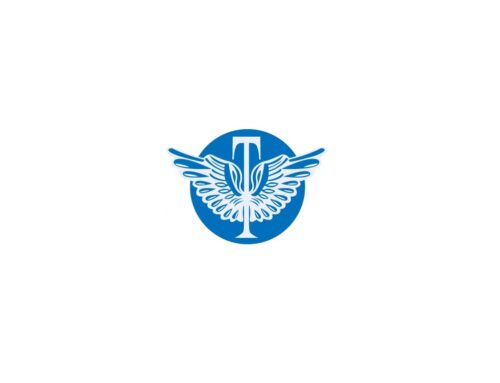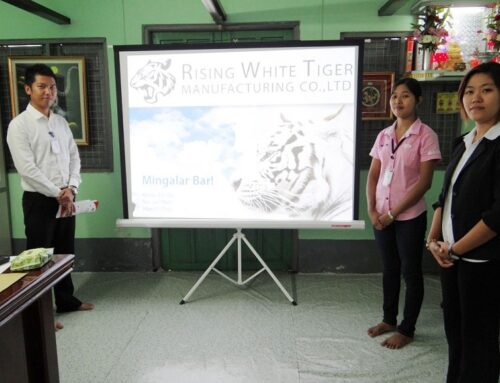
H.E. U Nyan Htun Aung, Union Minister of Transport, discusses the government’s priorities for Myanmar’s transport sector.
European Times: Can you give us an introduction to the Ministry of Transport?
H.E. U Nyan Htun Aung: The Ministry of Transport was reformed in 1992 and is responsible for aviation and maritime development. The Department of Civil Aviation and the Myanmar Port Authority are the two largest departments under the umbrella of our ministry. In addition, the government-owned airline, Myanmar Airways, is overseen by the Ministry of Transport. This 100% state-owned airline has more than ten Brazilian, American and French aircrafts in its fleet. Myanmar has an additional seven private airlines, two of which offer regional flights, while the rest fly domestically.
The Ministry of Transport also oversees the Department of Marine Administration; Myanmar Shipyards Corporation; Inland Waterways Transport Corporation; the world-class Myanmar Maritime University; Myanmar Merchant Maritime College; the Department of Hydrology and Meteorology; the Department of Transport; and the Directorate of Water Resources and Improvement of River Systems (DWIR).
European Times: What is your own professional background?
H.E. U Nyan Htun Aung: After serving as Director General for four years and Deputy Minister for eight years after that, I was elected by Parliament to become Union Minister at the Ministry of Transport. I graduated from Air Command and Staff College of the Air University in 1989, in Alabama, United States.
European Times: What projects are currently underway at Myanmar’s airports?
H.E. U Nyan Htun Aung: We are currently upgrading and extending the existing Yangon International Airport in order to accommodate the expected influx of international visitors in the future. Mandalay’s airport is also undergoing an extension and is being developed into a regional hub for cargo transport. Most importantly, plans are underway to construct a new international airport at Hanthawaddy, about 60 km outside of Yangon, it will cost approximately USD 1.4 Billion. The third phase of construction will see Hanthawaddy able to accommodate up to 30 million travellers.
European Times: Are you building connections between the EU and Myanmar’s transport sector?
H.E. U Nyan Htun Aung: In October 2013 I visited our friends and partners in Belgium for the second time to discuss our upcoming project to build low-head dams along the Ayeyarwady River. This is a multipurpose development project that falls under the DWIR. The project will ensure that water levels remain between eight and 10 metres high, year-round, so that there is adequate water for irrigation and navigation purposes. This technique is called the water-level control method and is the same as the one applied to the Danube River in Austria. The area along the river consists largely of land used for agricultural purposes and proper irrigation is therefore an urgent need in this part of Myanmar. Moreover, the electricity generated through the dams will be sold to the Myanmar Electric Power Enterprise so that the project generates an income and can therefore partially fund itself. We plan to build 16 low-head dams along the 2,000-km Ayeyarwady River, roughly 80 km apart from each other. This river is the main artery of Myanmar as it crosses from the southernmost to the northernmost parts of the country.
The interior of Myanmar is classified as a dry zone and farmers in this region are faced with droughts each year. We are building four of the total 16 dams in this area, which is home to 15 million people. Due to the large water surface and relative humidity generated from these dams, the air temperature will, over time, drop somewhat. As a result, rainfall will be more frequent and the challenge of adequate irrigation for agricultural purposes will be met. Being able to improve the standard of living of these 15 million people is therefore the ultimate goal of this project, which has been designed according to the European low-head dam model.
European Times: What are some of the main challenges for Myanmar’s aviation and maritime sectors?
H.E. U Nyan Htun Aung: We urgently need more aircrafts in our national fleet in order to play catch up with our regional neighbours. Currently, only 10% of international visitors to Myanmar fly on our airlines. In order to be able to expand our fleet, however, we require the finances to do so. This funding could come from loans or grants, or from investment. From 2015 onwards, for example, we will be adding a few of the latest-generation Boeing aircrafts to our fleet. This has been made possible through the help of Japan International Cooperation Agency and US-based General Electric. The Ministry of Transport therefore welcomes the opportunity to further discuss such potential partnerships with European entities. Our aim is not only to find the right kind of financial assistance for the improvement of our aviation sector, but also to find the necessary technical assistance and to create a transfer of knowledge into Myanmar that will benefit the country as a whole.





